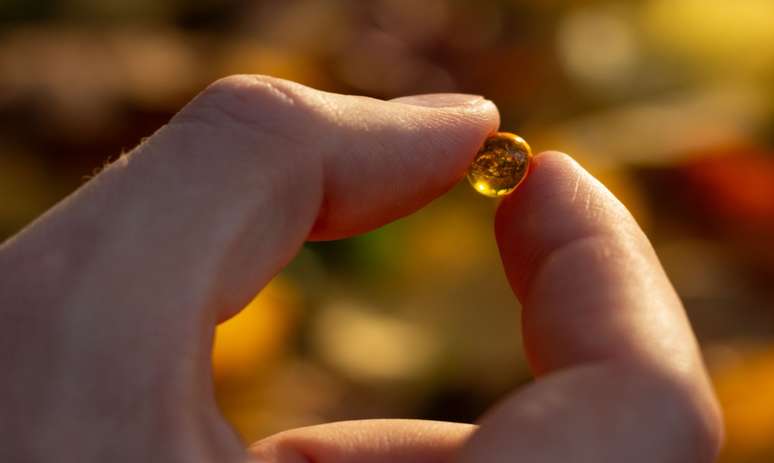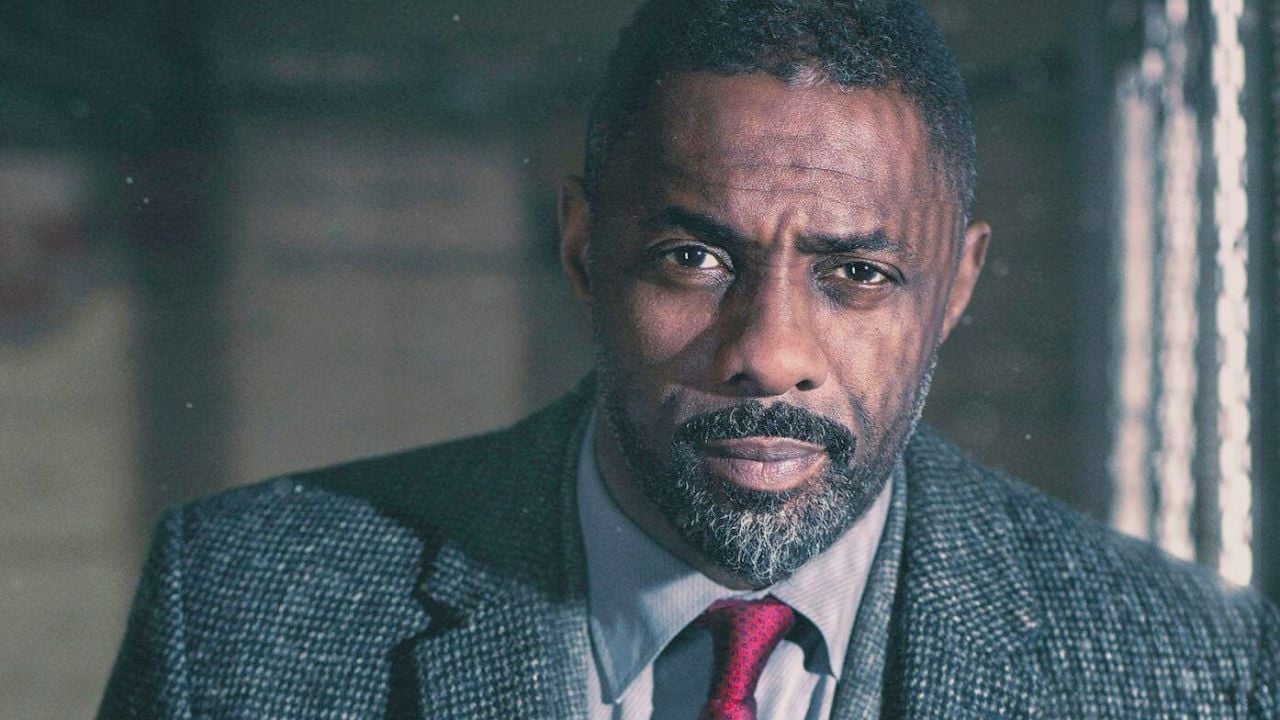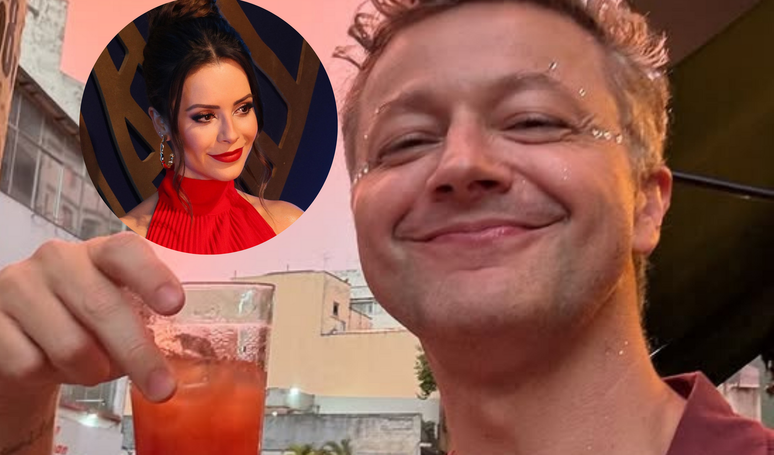Unexplained tiredness and significant weight change are some of the symptoms of cancer among young people; check the others.
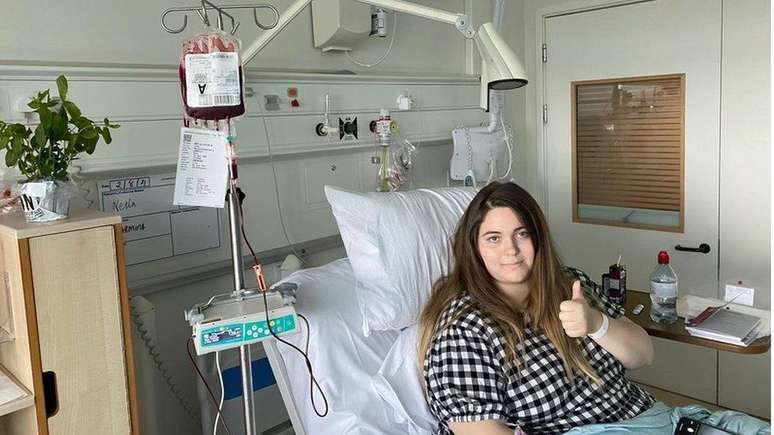
“A simple blood test saved my life,” says Briton Nella Pignatelli, 24, after being diagnosed with leukemia 18 months ago.
Initially, she says, she thought she had had covid for a long time, as she felt tired and out of breath when she walked.
“I started a new job and felt very tired all the time, but I associated everything that was happening to me with things that were happening in my life,” she says.
“When I had two nosebleeds that lasted an hour, it got to the point where, after three months of symptom management, I was freaking out.”
Pignatelli’s story is similar to that of the 27-year-old Brazilian writer Duda Riedel. She also complained of excessive tiredness.
After successive trips to the hospital and misdiagnoses, a blood test finally showed that Riedel had leukemia.
According to the NGO Teenage Cancer Trust, which supports young cancer patients in the UK, 56% of people aged 18-24 are unaware of the five signs and symptoms of the disease they should look out for. .
What are the signs of cancer?
The most recognizable within this age group are:
- lumps, lumps and bumps;
- unexplained tiredness;
- changes in body spots;
- Ache;
- significant change in weight.
Half of the 2,000 people surveyed also admitted to putting off seeing a doctor for health reasons, and many said they did so out of fear of finding out what was wrong with them.
Other reasons given included difficulty getting an appointment and fears that they were wasting the doctor’s time.
“Know Your Body”
Nella went to the doctor for a blood test, followed by a bone marrow test, which revealed she had acute leukemia and needed immediate chemotherapy.
Leukemia is the name given to the malignant disease that affects leukocytes, blood and bone marrow cells responsible for defending our body.
These diseased cells build up in the bone marrow, replacing healthy cells.
There are different types of leukemia: lymphoid or myeloid, acute or chronic. And there are four main types: acute myeloid leukemias (AML), acute lymphocytic leukemias (ALL), chronic myeloid leukemias (CML), and chronic lymphocytic leukemias (CLL).
Acute leukemia progresses rapidly and aggressively and usually requires immediate treatment.
“You know your body better than anyone — I’m sorry I didn’t seek help sooner, because if I had, I would have been cured more quickly,” she says.
Lauren Aneesa Angrish also didn’t know what the main signs to look out for when it comes to identifying cancer.
The 25-year-old also attributed feeling tired and having regular coughs and colds to her “busy life”.
“At first I thought I was overworked and needed a holiday,” he tells the BBC.
Working as a makeup artist, she was able to get a fake tan at work for free and figured that might be the reason she started developing a rash.
“I stopped tanning and the rash got even worse. It started on my legs and then literally spread all over my body, eyelids and face,” she says.
Lauren took steroids to clear the rash, but the symptoms kept getting worse, so she went to the ER and ordered a blood test.
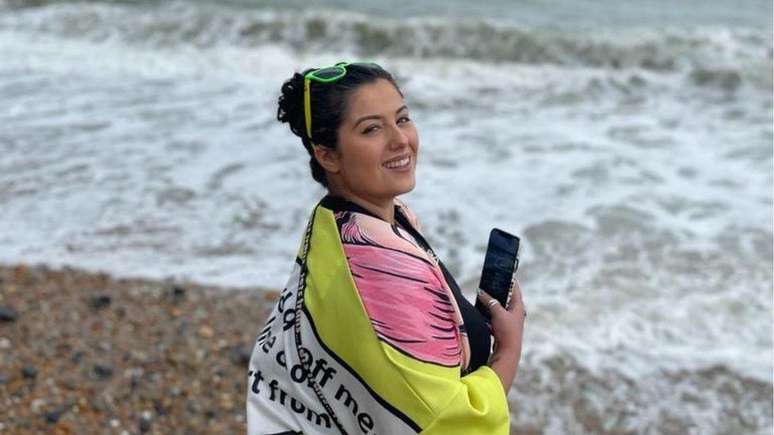
‘Don’t stress or worry’
The next day, she was contacted and was subsequently diagnosed with acute leukemia, for which she had to undergo treatment, including a stem cell transplant.
Like Nella, Lauren is keen to encourage interested individuals to make an appointment with their GP.
“Any health issue, any concern, even a small spot on the body that has changed color, I would say don’t stress or worry, just make sure you get it checked out.”
Treatment for leukemia depends on the type and stage at which the disease is discovered. It may involve chemotherapy, immunotherapy, radiation therapy, bone marrow transplant, or a combination of several treatments.
Teenage Cancer Trust charge nurse Louise Soanes says: ‘Cancer can be scary to think about, especially if you’re young, but the disease can affect anyone, at any age.’
“Always listen to your body, and when in doubt, never be afraid to seek help. Chances are it’s not cancer, but it’s always best to check.”
In the UK, around 2,400 new cases of cancer in young people are reported each year, but this represents less than 1% of all new cases.
Cancer diagnoses are on the rise, with projections suggesting the number of people diagnosed with cancer will increase by a third by 2040.
Survey by Cancer Research UK, a UK-based non-profit institution dedicated to cancer research, shows that if current trends continue, cancer cases will rise from the current 384,000 cases a year to 506,000 in 2040.
Most of the increase is thought to be due to population aging, because older people are more likely to get cancer.
However, smoking and obesity are also contributing to the increase and are the two biggest preventable causes of cancer, the entity says.
Brazil
According to the Atlas of Cancer Mortality, 6,738 people died of leukemia in Brazil in 2020 (date of the last published survey), with 3,703 men and 3,035 women.
Estimates by the National Cancer Institute (INCA) underline that 11,540 new reports of the disease were expected by 2022, the majority, about 6,000, in men.
Source: Terra
Ben Stock is a lifestyle journalist and author at Gossipify. He writes about topics such as health, wellness, travel, food and home decor. He provides practical advice and inspiration to improve well-being, keeps readers up to date with latest lifestyle news and trends, known for his engaging writing style, in-depth analysis and unique perspectives.



